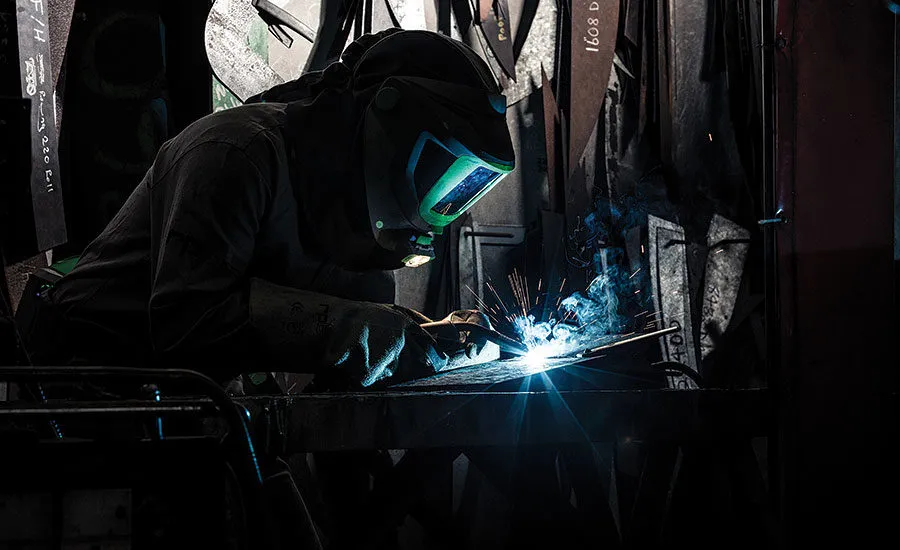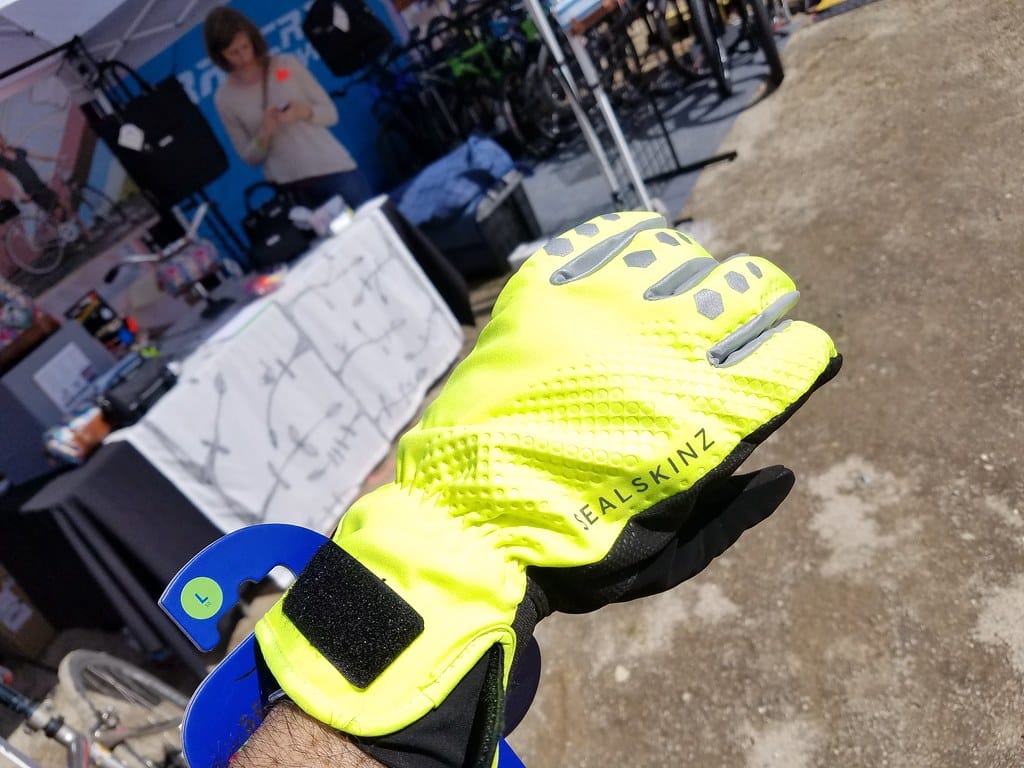
Compliance with welding PPE standards is non-negotiable. These standards are far more than a checkbox for audits—they’re the foundation for workplace safety. Non-compliant gear can lead to serious injuries, downtime, and costly lawsuits. Selecting certified PPE ensures heat, spatter, and flame protection, while keeping your organization compliant and audit-ready.
This expanded guide breaks down OSHA, ANSI, and EN ISO standards, provides real-world violation cases, and explains how to verify compliance before you buy.
Why Welding PPE Standards Matter
- Worker Safety: Ensures garments resist flames, molten metal, and radiant heat.
- Legal Compliance: Avoid OSHA fines, which can exceed $15,000 per violation.
- Performance Assurance: Certified PPE undergoes rigorous testing for durability and FR performance.
- Reputation and Liability: One injury can cost far more than a full PPE program.
Case in Point:
A U.S. manufacturer faced $42,000 in OSHA penalties after an audit revealed workers wearing synthetic hoodies under welding jackets. One spark ignited the hoodie, causing severe burns. Compliance isn’t optional—it’s life-saving.
OSHA Requirements: The U.S. Legal Framework
Regulation:
- OSHA 29 CFR 1910 Subpart Q – Welding, Cutting, and Brazing.
What It Mandates:
- Employers must provide protective clothing that resists heat and spatter.
- PPE should cover the full body, leaving no exposed skin.
- Synthetic fabrics (polyester, nylon) are prohibited unless treated for FR.
Examples of OSHA Citations:
- Using non-FR cotton jackets ($5,000 fine)
- PPE with holes or burn damage still in use ($3,200 fine)
- Failure to maintain PPE compliance records ($7,500 fine)
Buyer Insight:
Always document PPE purchases and training records—it can save thousands during an OSHA audit.
ANSI Z49.1: Safety in Welding and Cutting
Purpose:
Sets best practices for welding PPE selection, use, and care.
Highlights Include:
- Garments should be made of leather, FR cotton, or equivalent flame-resistant materials.
- Additional protection (aprons, bibs) required for heavy spatter applications.
- Prohibits synthetic underlayers unless FR-certified.
Practical Example:
A fabrication shop upgraded to ANSI Z49.1-compliant hybrid jackets (leather sleeves + FR cotton torso) for MIG welding. Result: 50% reduction in garment replacement costs and better worker comfort compared to full-leather jackets.
EN ISO 11611: The Global Benchmark for Welding Clothing
Scope:
Protective clothing for welding and allied processes in Europe and global markets.
Classifications:
- Class 1: For lower hazards like TIG welding (light spatter, lower radiant heat)
- Class 2: For high-risk processes like Stick or heavy MIG (heavy spatter, high radiant heat)
| Class | Typical Use |
|---|---|
| Class 1 | TIG welding, light-duty fabrication |
| Class 2 | Stick welding, MIG, plasma cutting |
Tested For:
- Flame spread resistance
- Molten metal splash penetration
- Heat transmission (convective & radiant)
Field Example:
A European shipyard mandates Class 2 PPE for all Stick welders. Non-compliant gear led to several burn injuries in the past, prompting stricter audits and supplier certification checks.
Additional Standards You Should Know
- NFPA 2112 (U.S.): Required for garments used in flash fire environments (oil & gas).
- IEC 61482: Arc flash protection for electrical welding jobs.
- CSA W117.2 (Canada): Welding safety equivalent to ANSI standards.
Pro Buyer Tip:
If your company operates globally, choose garments with dual compliance (EN ISO 11611 + NFPA 2112) for easier multi-site auditing.
How to Verify Compliance Before Buying
- Check Labels: Look for EN ISO 11611 Class 1 or 2, ANSI Z49.1 reference, NFPA tags.
- Request Documentation: Certificates of Conformity and third-party test reports.
- Audit Your Supplier: Ask for the most recent compliance certificate renewal.
- Spot-Check Garments: Verify labeling consistency during random inspections.
Compliance Failure Scenario:
A U.S.-based oilfield service provider purchased low-cost PPE marked “FR.” During an incident investigation, garments failed NFPA 2112 flame testing. Result: lawsuit settlements exceeding $1 million. Always demand verified certificates.
Common Buyer Questions Answered
Q: Does CE marking guarantee welding PPE compliance?
A: No. CE only indicates general conformity. Look specifically for EN ISO 11611 marking.Q: Can FR-treated cotton meet Class 2?
A: Rarely. FR cotton usually covers Class 1. Heavy-duty welding requires leather or advanced FR blends for Class 2.Q: Do ANSI standards apply globally?
A: ANSI is U.S.-focused but widely recognized internationally as best practice. For global projects, combine ANSI with EN ISO compliance.
Quick Compliance Checklist for Buyers
- [ ] Confirm standard references on garment labels (EN ISO 11611, ANSI Z49.1, NFPA 2112 if needed)
- [ ] Collect test reports or certificates from the supplier
- [ ] Verify PPE class matches the welding process
- [ ] Document compliance for audits
- [ ] Replace PPE showing damage or degraded FR properties immediately
Conclusion
Compliance with OSHA, ANSI, and EN ISO standards isn’t just about avoiding fines—it’s about saving lives. Correctly certified garments resist heat, spatter, and molten metal penetration, ensuring worker safety and company integrity.
Need help sourcing fully certified welding PPE with documentation?
Email: [email protected]
Website: www.workwearsolutions.net
Zion Zhang
Recent Posts
 Fatigue-Monitoring Smart Vests2025年12月23日Data-Driven Fatigue Prevention for Food Processing and Cold […]
Fatigue-Monitoring Smart Vests2025年12月23日Data-Driven Fatigue Prevention for Food Processing and Cold […] 100-Wash Antimicrobial Durability: Long-Lasting Hygiene Protection for Food and Healthcare Industries2025年12月20日Food processing plants and healthcare facilities are […]
100-Wash Antimicrobial Durability: Long-Lasting Hygiene Protection for Food and Healthcare Industries2025年12月20日Food processing plants and healthcare facilities are […] Future Reflective Materials: Adaptive Visibility for High-Mobility and High-Risk Work Environments2025年12月19日Modern industrial workplaces are evolving rapidly. […]
Future Reflective Materials: Adaptive Visibility for High-Mobility and High-Risk Work Environments2025年12月19日Modern industrial workplaces are evolving rapidly. […] Next-Gen FR Fabrics: Lighter, Softer, and More Durable Flame-Resistant Workwear for Long Shifts2025年12月18日For decades, flame-resistant (FR) workwear has been […]
Next-Gen FR Fabrics: Lighter, Softer, and More Durable Flame-Resistant Workwear for Long Shifts2025年12月18日For decades, flame-resistant (FR) workwear has been […] Nano-Coatings Reduce Washing Frequency: Smarter Workwear for Cleaner, More Efficient Operations2025年12月17日Industrial workwear is no longer evaluated solely on […]
Nano-Coatings Reduce Washing Frequency: Smarter Workwear for Cleaner, More Efficient Operations2025年12月17日Industrial workwear is no longer evaluated solely on […] Self-Healing Fabrics: The Future of Durable Protective Workwear in Extreme Industries2025年12月16日Self-healing fabrics represent one of the most […]
Self-Healing Fabrics: The Future of Durable Protective Workwear in Extreme Industries2025年12月16日Self-healing fabrics represent one of the most […]
CONTACT US
- Feel free to contact us any time. We will get back to you as soon as we can!
- +86-17330061805
